Published: Biology, Technology, Fashion in The Voice of Fashion, October 24, 2018
It’s a time of grand intersections, and we could soon be wearing garments that were once alive in some form or could charge your mobile on the go

Fashion’s new frontier is taking nature’s methodology and applying it to create new materials in an interdisciplinary approach, moving organically towards possibilities and dynamic solutions to problems that are rife in the fashion industry today, including waste, over-production and non-biodegradable materials.
The first manifestation of the collaboration between British designer Stella McCartney and California-based biotech company, BOLT Threads, using manmade vegan silk, Microsilk, was on display at The Museum of Modern Art’s exhibition, ‘Items: Is Fashion Modern?’ earlier this year. A similar garment is currently on view in, ‘Fashioned From Nature’, at London’s Victoria and Albert Museum until January 27, 2019.
“We live in a very special time in history, a rare time, a time when the confluence of four fields is giving designers access to tools we’ve never had access to before. These fields are computational design, allowing us to design complex forms with simple code; additive manufacturing, letting us produce parts by adding material rather than carving it out; materials engineering, which lets us design the behaviour of materials in high resolution; and synthetic biology, enabling us to design new biological functionality by editing DNA,” said American–Israeli architect, designer, and professor at the MIT Media Lab, Neri Oxman, at a TED 2015 event.
Traditionally, scientists would initiate innovations in materials, fabrics, or technology, after which, designers would step in. “This is not a very productive and effective way of collaboration—since the designer can help direct scientific innovation towards a desirable product,” says Jose Teunissen, the curator for the recently-concluded State of Fashion 2018 exhibit in Arnhem, Netherlands. Teunissen, who is also a Professor of Fashion Theory at the University of the Arts London and Dean of London College of Fashion, explains, “As scientists and designers start to work on the challenges with the aim to make the planet and our living better, they both work from their own expertise, while also learning to collaborate at an early stage, learning each other’s’ language and philosophy to understand that both disciplines have specific knowledge that can contribute to a solution.”
One of the interdisciplinary and collaborative projects showcased at the State of Fashion 2018, ‘The Future of Living Materials’, started from the observation that designers have begun working with new kinds of biomaterials, such as mycelium, fruit leather, or with bacteria that produce colour. “We believe that fashion is in dire need of more value-based critical thinking as well as critical (design) practices to explore, disrupt, redefine and transform the system. In addition, we believe that research through artistic and creative practices leads to new insights regarding urgent societal challenges,” says Dr Danielle Bruggeman, Professor of Fashion, at the ArtEZ University of the Arts, Arnhem.
Picking some innovative collaborations in the fashion industry:

Pauline van Dongen’s wearable solar garments
Wearable Solar Garments
Dutch designer Pauline van Dongen has designed a range of garments as a part of the on-going collaborative research project ‘Wearable Solar’, which aims to create garments that can harness the sun’s energy. It is designed with transformable silhouettes, where side panels that contain the arrays of solar cells can be folded towards the body. A smartphone can be connected using the cable in one of the side pockets. In bright sunlight, it will be fully charged in roughly two hours. In a practical application, Van Dongen and sustainable clothing brand Blue LOOP Originals have also designed a garment that could provide tour guides with solar energy and shelter them from the wind and water.
Lab-grown Leather
Modern Meadow, a New York startup, has been experimenting with cultured animal cells and tissues to create an alternative biomaterial to traditional leather. This lab-grown leather could offer a more sustainable alternative and could eliminate defects generally seen in leather while controlling properties such as durability, elasticity, strength and water resistance. Meanwhile, Dutch product designer, Tjeerd Veenhoven, has invented AlgaeFabric, an H&M Global Change Award winner 2015, through which vegan leather can be made from algae, which by their nature form a sustainable source.

Mycelium Materials
Dutch company Fungi Fashion combines 3D technology with mycelium (mushroom roots), producing custom-made clothes out of this new natural fibre that is sustainably grown in a lab. Once worn out, the garments can be simply buried in the ground to decompose. MycoTEX, as the fabric is known, by NEFFA, is 100 per cent biodegradable and is an H&M Global Change Award winner. Earlier this year, BOLT Threads released a material called Mylo, grown in New York by the biomaterials company Ecovative, made from mycelium cells dyed with English Breakfast tea, which forms the base material for leather bags.
Fabric from Food Waste
Innovative fabrics have been developed putting to use waste from the food industry. For example, discarded Amazonian freshwater fish skin becomes leather by Brazilian luxury brand, Osklen. Italian silk manufacturer, Canepa, has created the SAVEtheWATER® Kitotex® project in partnership with CNR-ISMAC Biella, where the polymer from the exoskeleton of shrimp forms the fibre. The Italian company, Orange Fiber, winner of the H&M Global Change Award 2016, has created sustainable fabrics from citrus juice by-products that would otherwise be thrown away—Salvatore Ferragamo is the first fashion house to employ Orange Fiber fabrics. UK-based eco-fashion designers VIN + OMI have been focusing on eco-processes and textile development since 2004, including a plant-based textile ‘leather’ made from chestnuts.

Digital Fabrication and 3D
Japanese designer Yuima Nakazato’s ‘Freedom’ collection created a system by using digital fabrication that allows various materials—like cotton, wool, and nylon—to be combined freely, without the use of needles and threads. Unlike the usual method of making sewn clothes, the 3D Unit Constructed Textile can be adjusted to the size and shape of a garment to create a precise fit to the wearer’s figure.
Meanwhile, a dress from avant-garde Dutch designer, Iris van Herpen’s Spring 2018 haute couture collection, ‘Ludi Naturae’, is made from innovative material ‘foliage’, the result of a collaboration with the Delft University of Technology (TU Delft) in which leaf-like patterns are 3D printed as thin as 0.8 mm. Then tulle is laid into the 3D printer to print directly onto the fabric, creating exceptional softness.

The Future Footwear Foundation develops alternative ways of footwear that are sustainable for the environment and body. Shoes usually do not reflect the natural shape of your feet. 3D-printed and made-to-measure footwear—inspired by indigenous handcrafted footwear like the Kolhapuri chappal—are slated to be out in the market by the end of this year, commercialised by Vivobarefoot, London, U.K.

Interactive Clothing
Canadian designer, Ying Gao, focuses on the relationship between the wearer and the garment, as well as the relationship with one’s environment, in ‘Possible Tomorrows’. A design was developed from a series of algorithms associated with the realm of pattern recognition. Her interactive dresses respond to the touch of others; the material is only activated in the presence of strangers whose fingerprints are not recognised by the material—latently addressing notions of privacy and individualism.
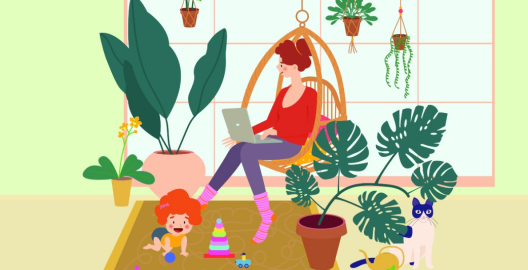

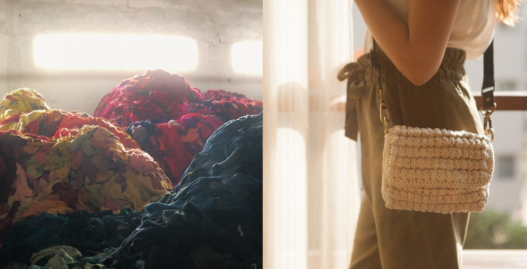










 Diamond Foundry ring
Diamond Foundry ring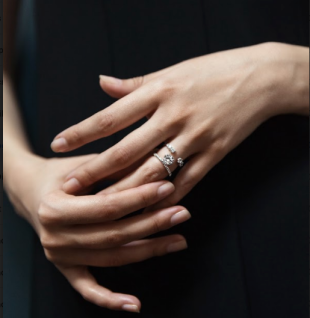
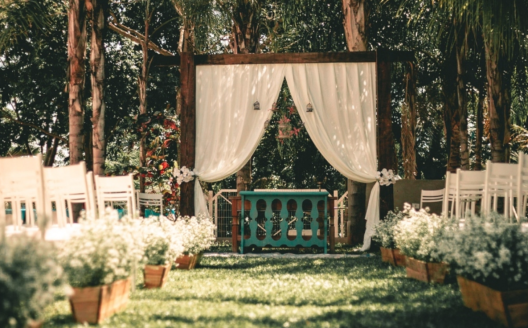
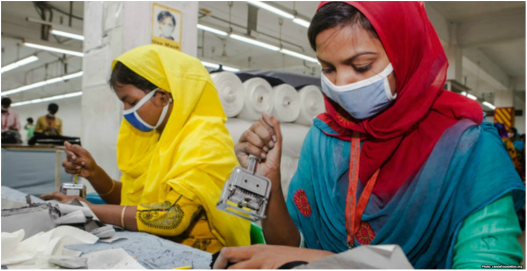
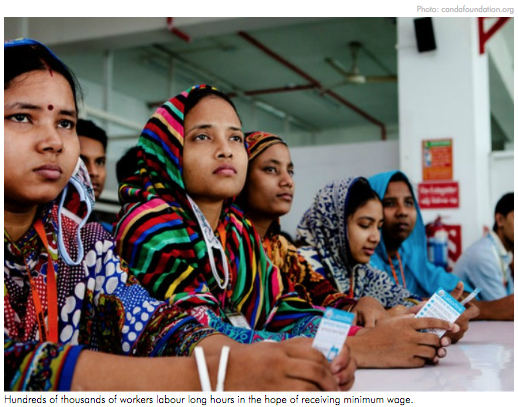
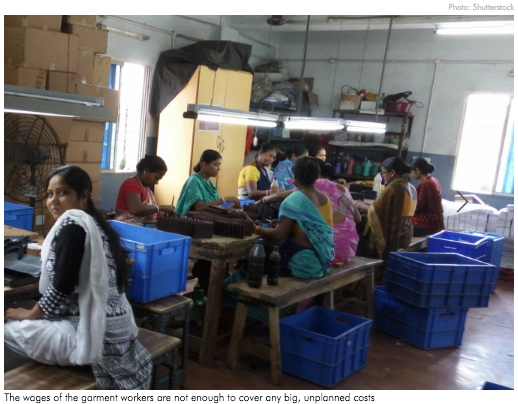












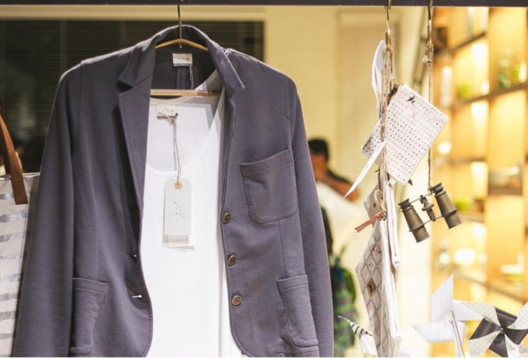



 Natural-dye master, Surama, in the Sunderbans
Natural-dye master, Surama, in the Sunderbans
 Batik unit in the Sunderbans
Batik unit in the Sunderbans